Fellowships
The GRP provides fellowships to support the development of future generations of scientists, engineers, and health professionals prepared to work at the intersections of offshore energy system safety, human health and well-being, and environmental resources. We currently run two fellowship programs directly—the Early-Career Research Fellowships and Science Policy Fellowships—and provide support to one other National Academies fellowship program: the Christine Mirzayan Science & Technology Policy Graduate Fellowship.
In 2018, we supported 32 new fellows across the 3 programs with awards totaling $2,058,000.
2018 Early-Career Research Fellows
The Early-Career Research Fellowship program supports emerging scientific leaders as they take risks on research ideas not yet tested, pursue unique collaborations, and build a network of colleagues who share their interest in improving offshore energy system safety and the well-being of coastal communities and ecosystems.
In 2018, 20 individuals received awards totaling $1,520,000 as our fourth class of Early-Career Research Fellows:
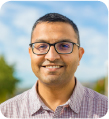
Srijan Aggarwal
Assistant Professor, Civil and Environmental Engineering
University of Alaska Fairbanks
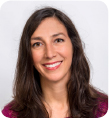
Adrienne Simoes Correa
Assistant Professor, Biosciences
Rice University

Nicole Errett
Lecturer, Environmental and Occupational Health Sciences
University of Washington
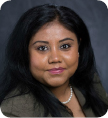
Ipsita Gupta
Assistant Professor, Petroleum Engineering
Louisiana State University

Lauren Clay
Assistant Professor, Health Services Administration
D’Youville College
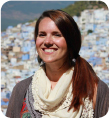
Sarah Davies
Assistant Professor, Biology
Boston University
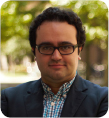
Pedram Hassanzadeh
Assistant Professor, Mechanical Engineering | Earth, Environmental, and Planetary Sciences (Joint)
Rice University

Betty Sao-Hou Lai
Assistant Professor, Counseling, Developmental, and Educational Psychology
Boston College

Mark Losego
Assistant Professor, Materials Science and Engineering
Georgia Institute of Technology
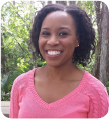
Talea Mayo
Assistant Professor, Civil, Environmental, and Construction Engineering
University of Central Florida

Christopher Patrick
Assistant Professor, Life Sciences
Texas A&M University–Corpus Christi

Xingyong Song
Assistant Professor, Engineering Technology and Industrial Engineering | Mechanical Engineering (Joint)
Texas A&M University
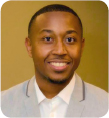
Marccus Hendricks
Assistant Professor, Urban Studies and Planning
University of Maryland
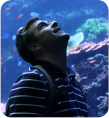
Vincent Lecours
Assistant Professor, Fisheries and Aquatic Sciences
University of Florida
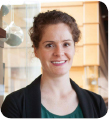
Jill McDermott
Assistant Professor, Earth and Environmental Sciences
Lehigh University
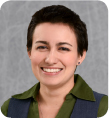
Alejandra Ortiz
Assistant Professor, Civil, Construction, and Environmental Engineering
North Carolina State University

Kevin Smiley
Assistant Professor, Sociology
University at Buffalo
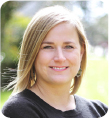
Beth Stauffer
Assistant Professor, Biology
University of Louisiana at Lafayette
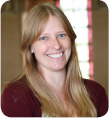
Courtney Thompson
Assistant Professor, Geography
Texas A&M University
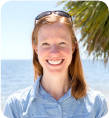
Hannah Vander Zanden
Assistant Professor, Biology
University of Florida
2018 Science Policy Fellows
The Science Policy Fellowship program helps scientists hone their skills by putting them to practice for the benefit of Gulf Coast communities and ecosystems. Fellows gain first-hand experience at the interface of science and policy as they spend 1 year on the staff of federal, state, local, or nongovernmental environmental, natural resource, oil and gas, and public health agencies in the Gulf of Mexico region.
In 2018, 10 individuals received awards totaling $520,000 as our fourth class of Science Policy Fellows:
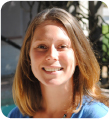
Marcy Cockrell
Host Office: Florida Department of Agriculture and Consumer Services, Tallahassee

Kathleen Ernst
Host Office: NOAA RESTORE Science Program, Stennis, Mississippi
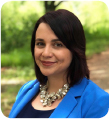
Kathryn Keating
Host Office: RESTORE Council, New Orleans, Louisiana
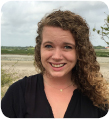
Michelle Culver
Host Office: Environmental Protection Agency Gulf of Mexico Program, Gulfport, Mississippi
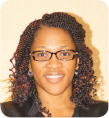
Christianah Oyenuga
Host Office: Harris County Public Health, Houston, Texas
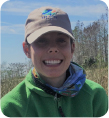
Selby Servais
Host Office: U.S. Fish & Wildlife Service, Fairhope, Alabama
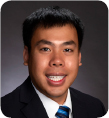
Huy Vu
Host Office: The Water Institute of the Gulf, Baton Rouge, Louisiana
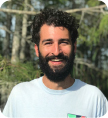
Benjamin Wilson
Host Office: U.S. Fish & Wildlife Service, Lafayette, Louisiana
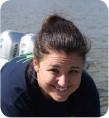
Elizabeth Robinson
Host Office: Louisiana Coastal Protection and Restoration Authority, Baton Rouge
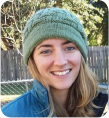
Kelcee Smith
Host Office: Texas Parks & Wildlife Department, Austin
2018 Gulf Research Program Christine Mirzayan Science & Technology Policy Graduate Fellows
The National Academies’ Christine Mirzayan Science & Technology Policy Graduate Fellowship program provides early career individuals with the opportunity to spend 12 weeks at the National Academies in Washington, DC, learning about science and technology policy and the role that scientists and engineers play in advising the nation.
2018 was our fifth year participating in the program and 2 individuals joined us for 12 weeks and received awards totaling $18,000:
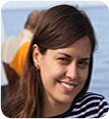
Karina Khazmutdinova
Florida State University
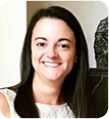
Martha Sibley
Southeastern Louisiana University




